Why Smart Businesses Invest in Wholesale Meal Prep Containers
Investing in wholesale meal prep containers isn’t just about saving money; it’s a strategic decision that can significantly impact your business’s profitability and how customers perceive your brand. Smart food businesses, from meal delivery services to restaurants, recognize that buying in bulk offers advantages beyond the initial cost savings.
Cost Savings and Inventory Management
One of the most obvious benefits of wholesale purchasing is the lower unit cost. This allows businesses to use their resources more efficiently, potentially reinvesting those savings in better ingredients or marketing campaigns. Buying in bulk also simplifies inventory management.
By purchasing larger quantities less often, you can reduce the time and effort spent ordering and keeping track of stock. This streamlined process allows staff to focus on other important responsibilities.
Brand Enhancement and Customer Loyalty
The advantages extend beyond simply lowering costs. High-quality, consistent meal prep containers greatly influence how customers see your brand. Imagine receiving a meal packaged beautifully versus one in a flimsy, generic container. The difference is clear.
This seemingly small detail can increase the perceived value of your food and project a sense of professionalism. Some companies have even seen a boost in customer retention by upgrading their packaging. High-quality containers not only enhance the food’s presentation but also show a dedication to quality and attention to detail.
Navigating Market Trends and Supply Chain Volatility
Securing a reliable wholesale supplier also offers protection against supply chain disruptions. Businesses across many sectors have faced unpredictable supply chain challenges in recent years. Having a strong supplier relationship ensures a steady stream of containers, even during market fluctuations. This reliability is vital for maintaining consistent operations and fulfilling orders without interruption.
The global market for reusable meal prep containers is growing, reflecting a demand for sustainable and convenient choices. As of 2023, this market was valued at approximately USD 5.2 billion and is projected to reach USD 11.8 billion by 2032. Factors such as growing health awareness and a shift towards eco-friendly products fuel this growth.
Building Long-Term Strategic Advantages
Investing in wholesale meal prep containers allows for stronger relationships with suppliers. These connections can lead to better pricing, customized packaging options, and even joint marketing opportunities. This collaborative approach transforms a simple transaction into a mutually beneficial partnership, strengthening the business’s market position. By focusing on these long-term advantages, businesses can use wholesale purchasing as a tool for sustainable growth and increased profits.
Navigating Material Options for Maximum Business Impact
Choosing the right material for your meal prep containers wholesale is a crucial decision for your brand. It’s about more than just holding food; it’s about reflecting your business values and meeting customer expectations. Let’s explore how different materials perform in real-world scenarios.
Understanding the Landscape of Meal Prep Container Materials
Different materials have their own pros and cons. Durability, temperature resistance, cost, and sustainability are all key factors to weigh.
- Plastic: This is a common choice thanks to its affordability and versatility. But not all plastics are equal. Some are more durable and temperature-resistant than others.
- Glass: Glass offers a premium feel and is great for reheating. However, it’s heavier and more breakable than plastic. This can lead to higher shipping costs and a greater risk of damage.
- Biodegradable/Compostable: This option appeals to environmentally conscious consumers and boosts your brand’s sustainability image. But these materials can be pricier than traditional options.
- Molded Fiber: Molded fiber is a sustainable and increasingly popular alternative to plastic, providing durability and a natural aesthetic.
Matching Materials to Your Business Needs
Choosing the best material depends on several factors:
- Type of Food: Oily or acidic foods may need stronger containers.
- Delivery Method: Will the containers be handled roughly during shipping?
- Target Audience: Are your customers environmentally conscious? Will they pay more for higher-quality packaging?
- Budget: Balancing quality with affordability is essential.
For instance, a business targeting health-conscious customers might choose glass or biodegradable containers, even at a higher cost. This reinforces their commitment to quality and sustainability. On the other hand, a budget-friendly meal prep service might choose durable plastic to keep costs down.
Analyzing Material Performance: A Data-Driven Approach
To understand how different materials perform, let’s look at some key metrics. The data chart below visualizes these comparisons, showing the strengths and weaknesses of each option:
As the chart shows, glass excels in temperature resistance and perceived quality, but falls behind in durability and cost-effectiveness. Plastic wins for cost and durability but lacks sustainability. Biodegradable materials are best for the environment, but can be less durable. Molded fiber offers a good balance of sustainability and durability.
To further break down these material comparisons, the following table provides a more detailed overview.
Comparison of Meal Prep Container Materials
| Material Type | Durability | Temperature Range | Cost Level | Sustainability Rating | Best For |
|---|---|---|---|---|---|
| Plastic | High | Moderate | Low | Low | Budget-friendly options |
| Glass | Low | High | High | Moderate | Premium meal prep services |
| Biodegradable/Compostable | Moderate | Moderate | High | High | Environmentally conscious brands |
| Molded Fiber | High | Moderate | Moderate | High | Businesses seeking a balance of sustainability and durability |
This table highlights the key trade-offs between different materials. For instance, while glass offers superior temperature resistance, its lower durability and higher cost may make it less suitable for certain businesses. Conversely, molded fiber presents a compelling combination of sustainability and durability, making it a good option for businesses looking to minimize their environmental impact without sacrificing performance.
Choosing the right meal prep containers wholesale involves considering all these factors. An informed decision ensures that your containers not only protect your food but also strengthen your brand and benefit your business.
Building Relationships With Top-Tier Wholesale Suppliers
Finding the right wholesale suppliers for your meal prep containers can make or break your business. It’s not just about getting the lowest price; it’s about building mutually beneficial partnerships. This means carefully vetting potential suppliers and understanding the dynamics of wholesale relationships.
Identifying Reliable Wholesale Partners
A reliable supplier is an integral part of your business. Look beyond the price tag and consider these crucial factors:
- Communication: Do they respond quickly and clearly? Open communication is key for problem-solving and a smooth supply chain.
- Order Fulfillment: Do they have a good track record of on-time delivery and accuracy? Errors and delays can disrupt your business and impact customer satisfaction.
- Quality Control: What measures do they take to ensure high-quality meal prep containers? Consistent quality reflects on your brand and keeps customers happy.
- Flexibility: Can they adapt to your evolving needs, such as changes in order volume or custom requests? A flexible supplier can be a real asset in a fluctuating market.
For example, a supplier who proactively informs you about potential delays is invaluable. This allows you to adapt and minimize disruptions.
Negotiation Strategies for Smaller Businesses
Even small businesses can negotiate favorable terms. Here are some effective strategies:
- Be Prepared: Research current market prices for meal prep containers wholesale and know your own needs. This gives you a strong foundation for negotiation.
- Focus on Long-Term Partnerships: Highlight your interest in a long-term relationship. Suppliers often offer better terms for consistent business.
- Bundle Orders: Ordering multiple items at once can unlock volume discounts.
- Consider Pre-paying: Some suppliers offer discounts for upfront payment if you have the cash flow.
Contingency Planning: Building a Backup Network
Strong relationships with primary suppliers are essential, but having contingency suppliers is just as crucial. This protects you from unexpected events like supply chain issues or price hikes. Having backup suppliers doesn’t mean abandoning your primary partner. It’s about having a safety net.
This strategy ensures a consistent supply of meal prep containers wholesale, even in unpredictable markets. It also provides leverage in price negotiations. Diversifying your supply network builds a more resilient and adaptable business.
Mastering the True Economics of Wholesale Containers
Beyond the sticker price of individual meal prep containers wholesale, understanding cost-effectiveness is key. Smart businesses analyze the entire financial picture, looking beyond the initial purchase price. This means evaluating the long-term effects of container choices on operational efficiency, customer perception, and brand development.
Calculating True ROI: Beyond Unit Cost
Leading food businesses don’t simply focus on the price per container. They calculate the true return on investment (ROI) by factoring in several key elements. High-quality containers, for example, can elevate the perceived value of meals, justifying higher prices. This can lead to increased customer satisfaction and repeat business, ultimately driving profits.
Durable containers also minimize the chance of spills or damage during delivery, reducing food waste and replacement expenses.
This comprehensive approach acknowledges that the cheapest option upfront isn’t always the most economical in the long term. Investing in slightly pricier, higher-quality containers may save money and increase profits over time.
Inventory Management: Balancing Supply and Demand
Effective inventory management is essential for maximizing the benefits of meal prep containers wholesale. Too much inventory ties up capital and increases the risk of spoilage or obsolescence. Too little inventory disrupts operations and leads to customer disappointment.
Finding the right balance involves accurately forecasting demand, implementing efficient reordering processes, and developing a flexible system to manage unexpected fluctuations.
Partnering with a responsive wholesale supplier allows for quick restocking during busy periods, preventing costly stockouts. This proactive approach minimizes disruptions and maintains smooth operations.
Strategic Upgrades: Aligning Quality with Growth
As businesses expand, their container needs change. Smart companies strategically upgrade their packaging at key milestones. Switching to premium containers, for instance, might coincide with entering a new market or introducing a higher-priced product line. This strengthens brand image and meets customer expectations.
In the United States, the food storage container market, including meal prep containers, has experienced significant growth. By 2023, the market was valued at USD 36.15 billion and is projected to reach USD 42.36 billion by 2029.
Strategically aligning container quality with business growth reinforces brand image and supports premium pricing. It also shows a commitment to customer satisfaction and strengthens market position.
To illustrate typical wholesale pricing structures, consider the table below:
Meal Prep Container Wholesale Pricing Tiers
| Order Volume | Basic Plastic (per unit) | Premium Plastic (per unit) | Glass (per unit) | Sustainable Options (per unit) | Customization Upcharge |
|---|---|---|---|---|---|
| 1-500 | $0.50 | $0.75 | $1.25 | $0.90 | +$0.15 |
| 501-1000 | $0.45 | $0.70 | $1.20 | $0.85 | +$0.12 |
| 1001-5000 | $0.40 | $0.65 | $1.15 | $0.80 | +$0.10 |
| 5001+ | $0.35 | $0.60 | $1.10 | $0.75 | +$0.08 |
As you can see, higher order volumes generally unlock lower per-unit costs across all container types. Customization options add an additional charge, but can be a valuable tool for branding.
Leveraging Sustainability for Genuine Competitive Advantage
More and more, sustainability is becoming a core business value, moving beyond simple marketing. For businesses using meal prep containers wholesale, embracing sustainable practices offers real competitive advantages. This requires genuine commitment to environmentally sound practices, not just “greenwashing.” It involves carefully evaluating manufacturer claims, understanding your customer base, and communicating your efforts transparently.
Evaluating Green Claims and Identifying True Sustainability
Many manufacturers claim “eco-friendly” features. However, businesses must critically assess these claims. The definition of “sustainable” can be subjective and vary greatly. For example, a “biodegradable” container might only decompose under specific conditions not found in typical landfills. Businesses should research certifications like those offered by Green Seal and look for verifiable evidence supporting manufacturers’ claims.
Additionally, understanding your customer base is essential. Some customers prioritize compostability, while others focus on recyclability or reduced plastic use. Knowing these preferences helps you choose meal prep containers wholesale that truly align with your customers’ values.
Operational Benefits and Customer Loyalty
Sustainable containers can offer surprising operational benefits. Some materials offer superior food preservation, reducing spoilage and extending shelf life. This translates to cost savings and improved product quality.
Furthermore, a commitment to sustainability fosters customer loyalty. Consumers are increasingly environmentally conscious. By choosing eco-friendly packaging, businesses demonstrate shared values, build trust, and encourage repeat business. This can be a key differentiator in a competitive market.
Pricing Strategies for Premium Sustainable Options
Sustainable materials often cost more. However, strategic pricing makes these options viable, even in price-sensitive markets. Businesses can offer tiered pricing, with premium sustainable containers as an upgrade. This lets budget-conscious customers choose standard packaging while providing a greener option for others.
Clearly communicating the environmental benefits of the upgrade justifies the higher price and attracts environmentally conscious consumers. Highlighting that containers are made from recycled materials or are compostable resonates with customers wanting to minimize their impact. Some businesses absorb part of the increased cost, demonstrating their commitment while maintaining affordability.
The global food containers market is expected to grow considerably. In 2024, it was valued at USD 331.7 billion and is projected to grow at a CAGR of 4.5%. This growth is driven by consumer demand for convenient and durable packaged food. The meal prep container segment benefits from this trend, as consumers increasingly adopt meal prepping with reusable and sustainable containers.
As consumers become more environmentally aware, innovations in eco-friendly materials and designs will shape this market. By strategically embracing sustainability, businesses using meal prep containers wholesale can reduce their environmental footprint and gain a market edge.
Transforming Containers Into Powerful Marketing Assets
Your meal prep containers are more than just vessels; they’re mini-billboards and brand ambassadors. By strategically customizing your meal prep containers wholesale, you can significantly improve customer acquisition and retention.
Customization Strategies That Drive Results
Savvy food businesses understand the importance of container branding. They use customization to create a memorable experience, turning a simple meal into a branded encounter. This can involve:
- Printing Your Logo: A clear logo reinforces brand recognition with every meal.
- Using Brand Colors: Consistent brand colors create a cohesive visual identity, strengthening brand recall.
- Adding a Tagline: A catchy tagline reinforces your brand message and encourages social media sharing.
- Incorporating Design Elements: Unique designs, like patterns or illustrations, create a premium feel and differentiate your brand.
For example, a health-focused meal prep service might use green and earth tones on their containers to suggest freshness and natural ingredients.
Distinguishing Between Valuable Features and Expensive Vanities
While customization offers many benefits, it’s important to differentiate between valuable features and costly add-ons. A printed logo offers clear brand reinforcement. However, something like elaborate embossing might be an unnecessary expense, especially for smaller businesses. Analyzing your target audience, budget, and marketing goals will help you prioritize the most effective customization options.
Communicating Quality Through Container Design
Beyond overt branding, your meal prep containers wholesale design can subtly signal quality, justifying higher prices.
- Material Choice: High-quality materials like glass or durable, sustainable options convey a commitment to quality.
- Secure Lids: Leak-proof, airtight lids demonstrate care for food freshness and prevent spills.
- Compartmentalization: Well-designed compartments enhance meal presentation and keep ingredients separate.
- Microwave and Freezer Safe: Convenient reheating and storage options add customer value.
These design choices speak volumes about your brand’s dedication to quality and the customer experience. For example, offering microwave-safe glass containers increases the perceived value of your meals and simplifies reheating for customers.
Implementing Customization Efficiently
Implementing customization doesn’t have to be complex. Many wholesale suppliers offer in-house printing services. It’s crucial to test different customization concepts before committing to a large order. Start with a small batch of customized containers and collect customer feedback. This allows you to refine your design and maximize its impact. Even budget-friendly options like custom stickers can make a significant branding difference, especially for new businesses. They provide an affordable way to test designs and branding messages before investing in pricier printing.
By strategically leveraging customization, your meal prep containers wholesale can become powerful marketing assets, strengthening your brand image, attracting new customers, and building loyalty.
Ready to elevate your brand with high-quality, customizable meal prep containers? Explore the diverse options available at MrTakeOutBags.com and discover how their personalized service can create the perfect packaging solution for your business.

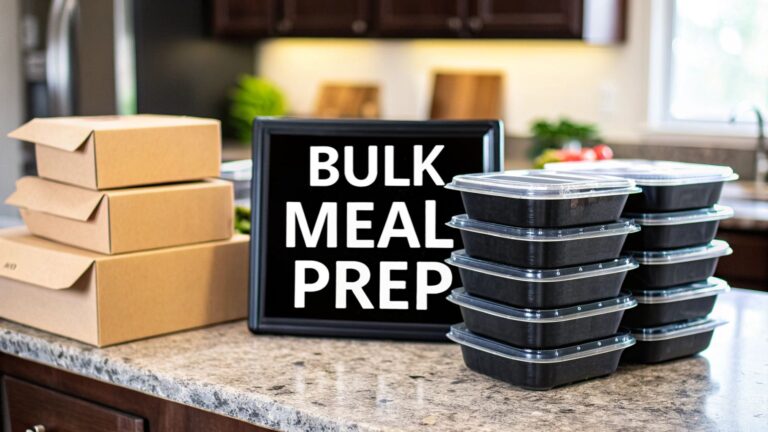
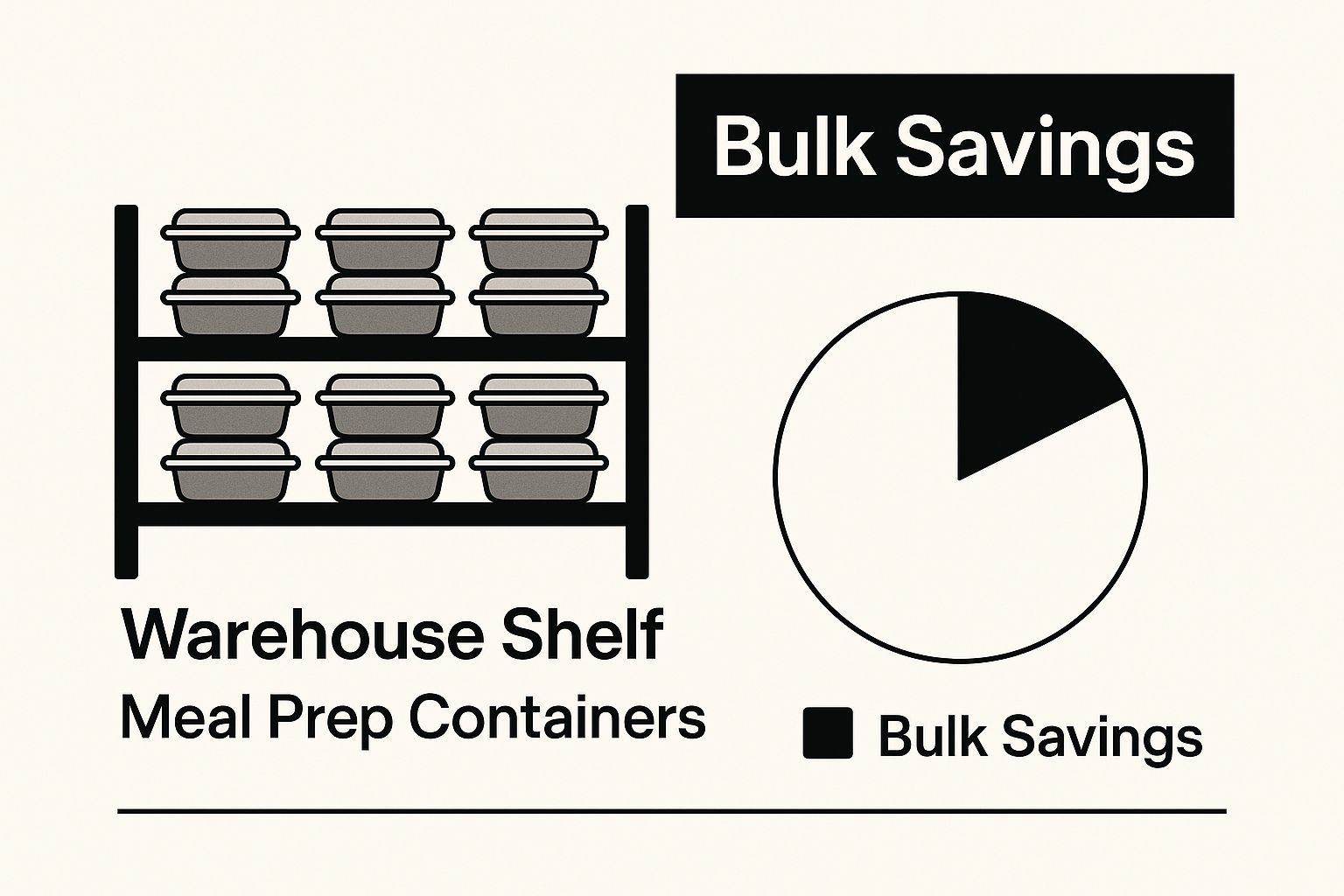
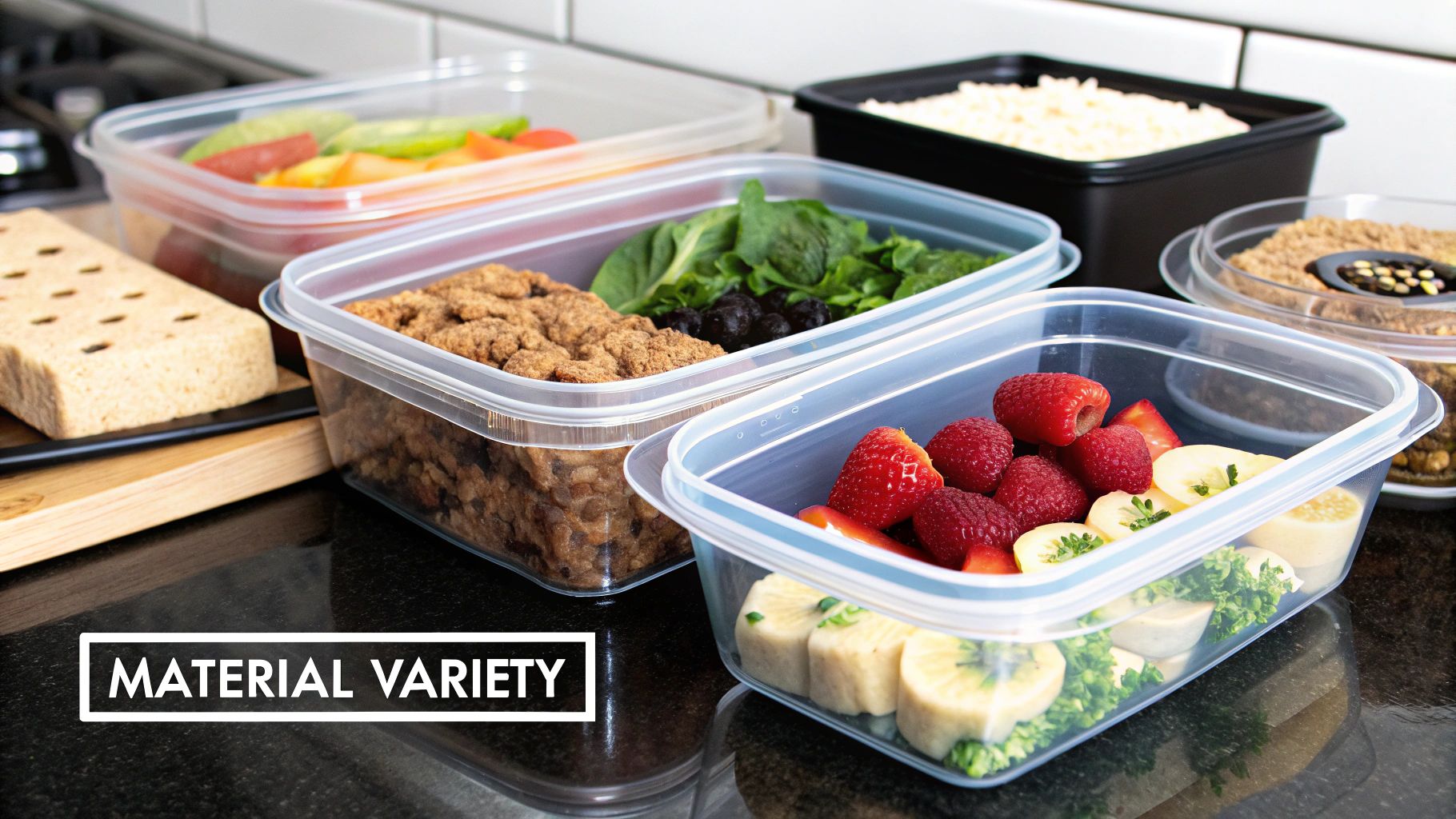
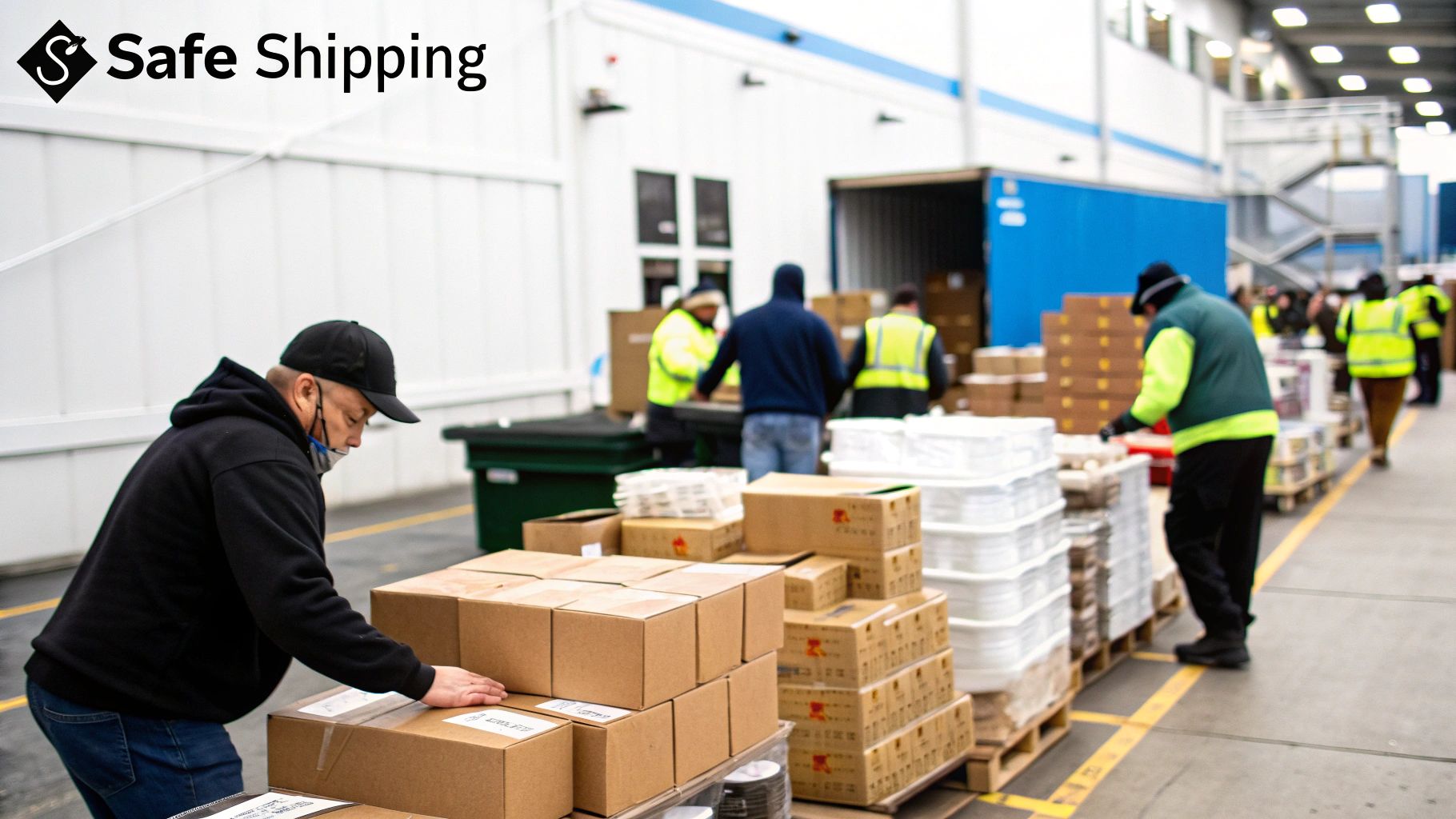
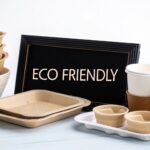
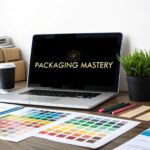
Comments are closed.